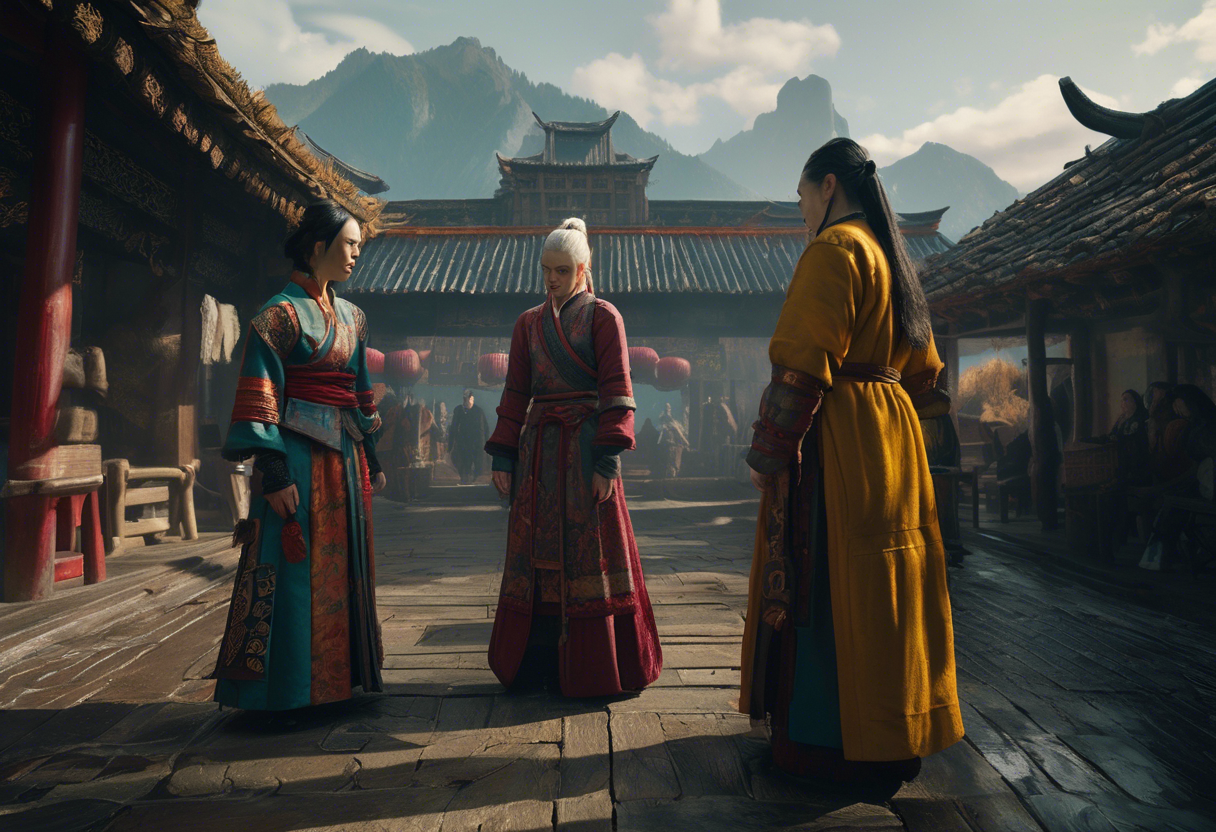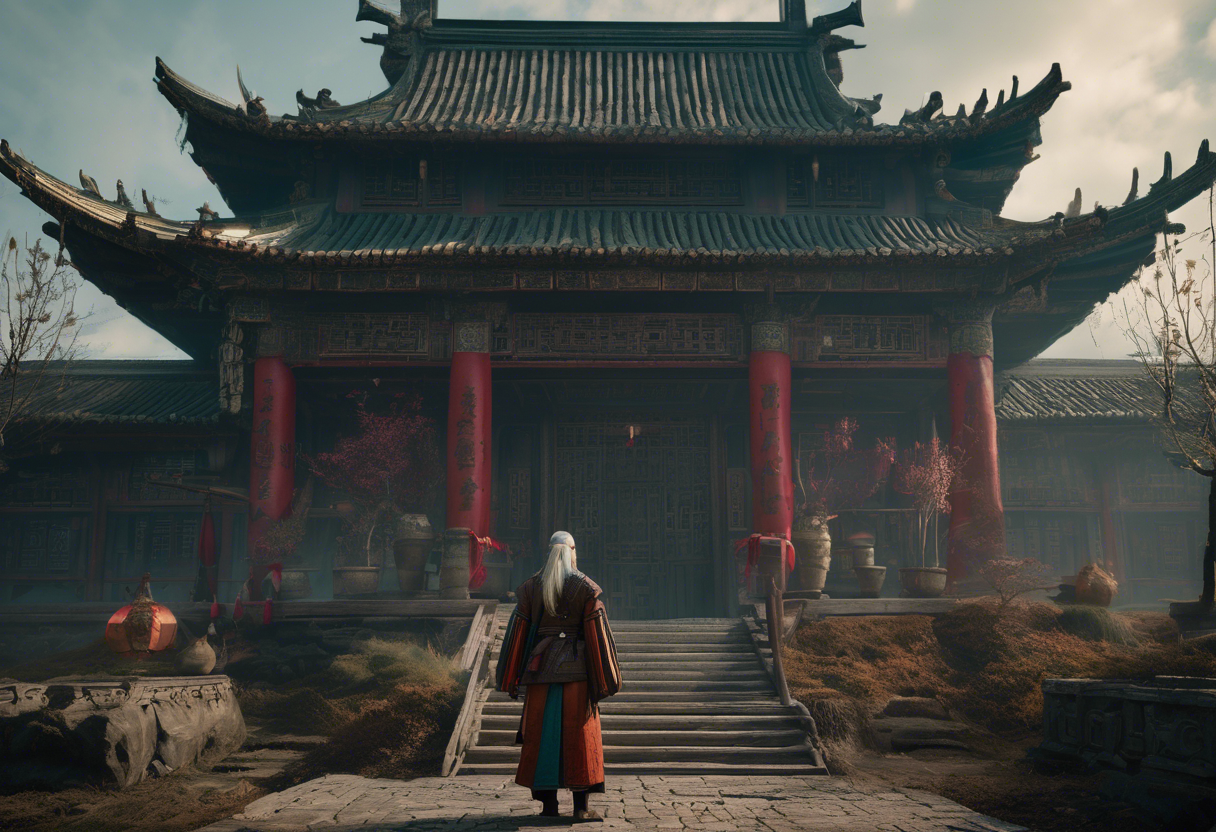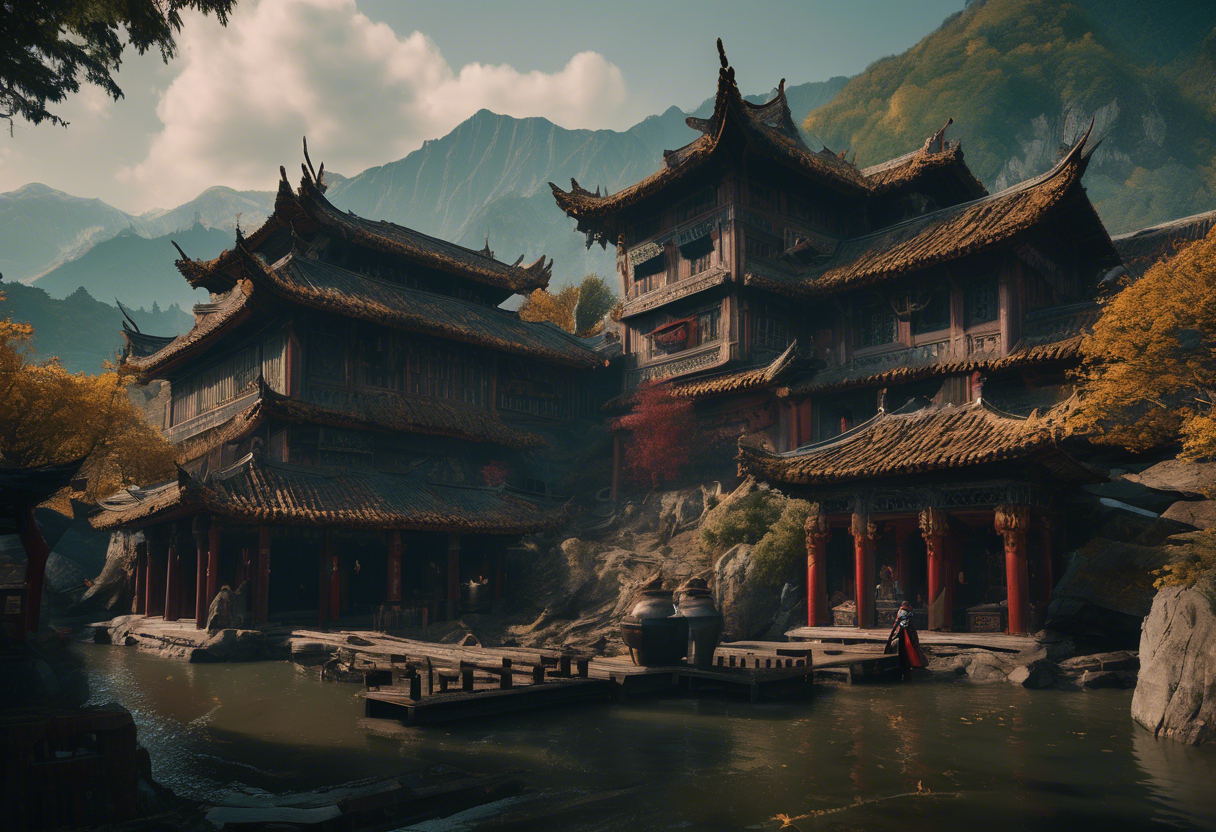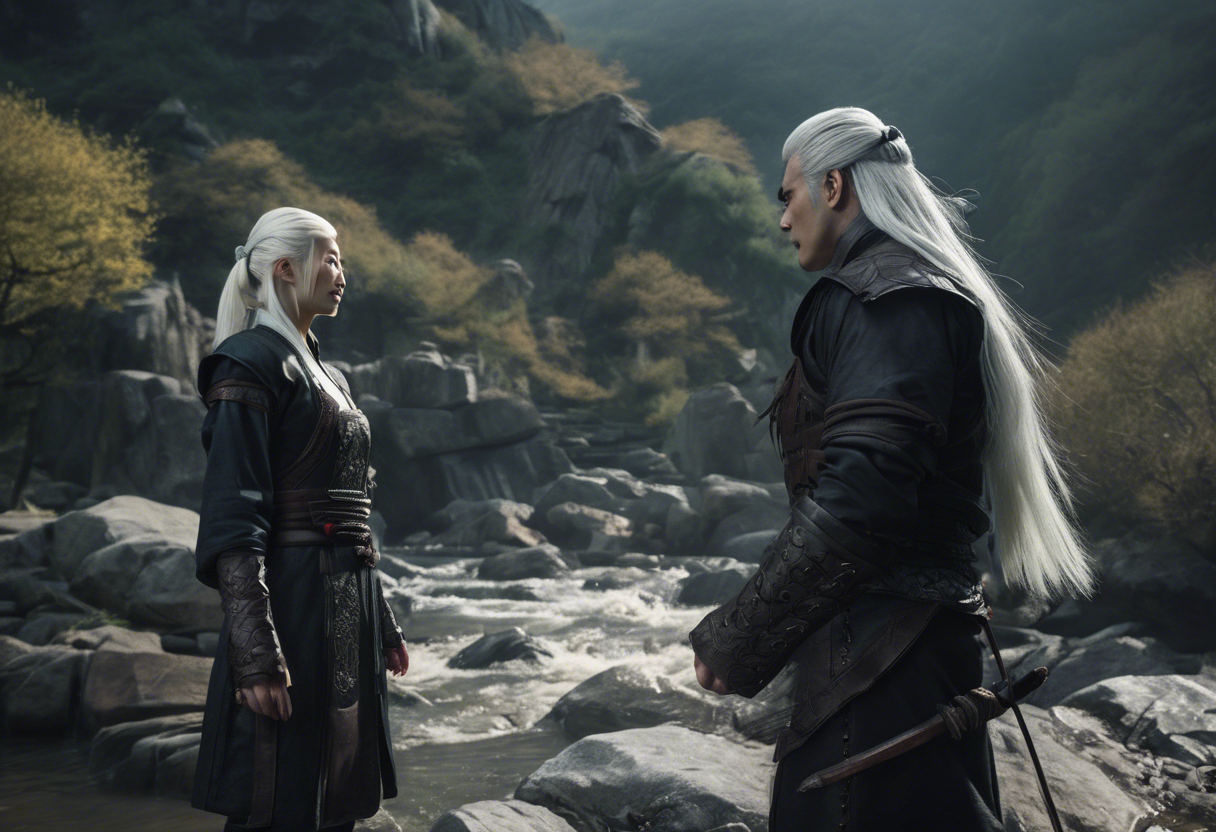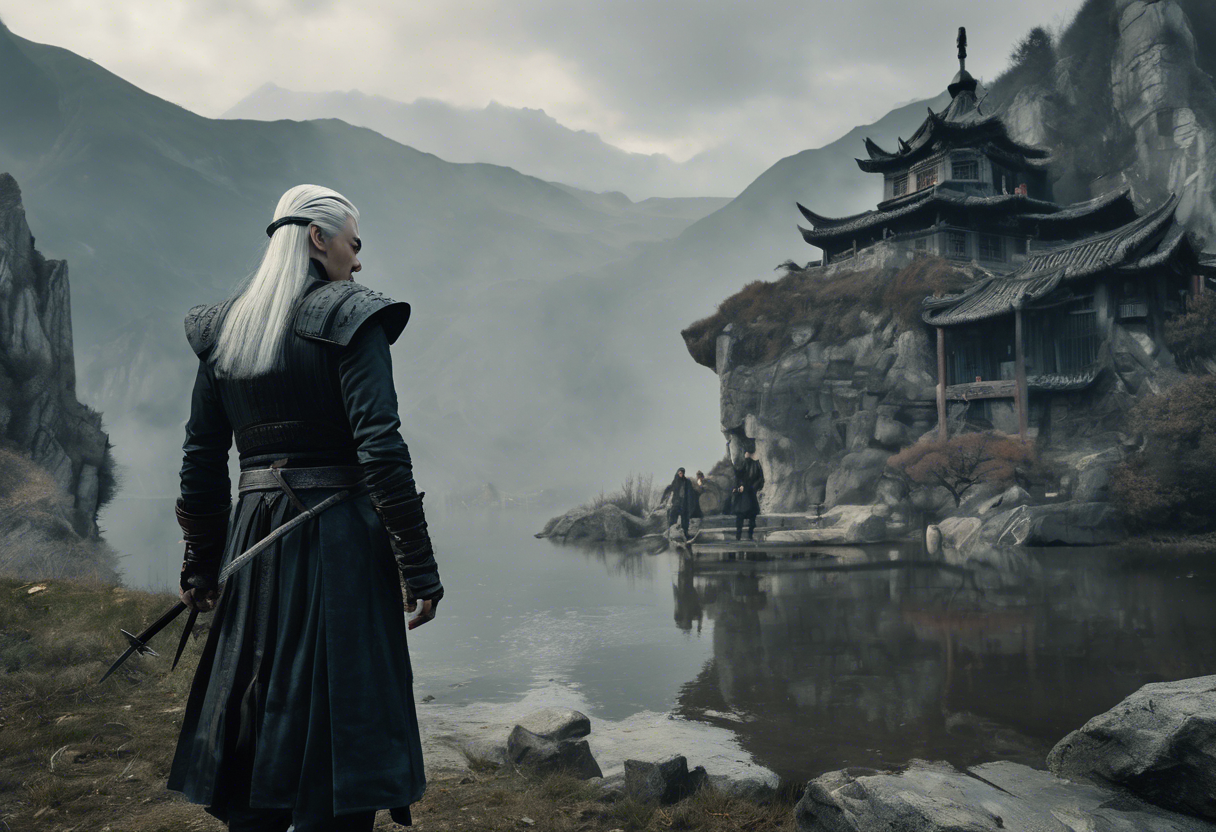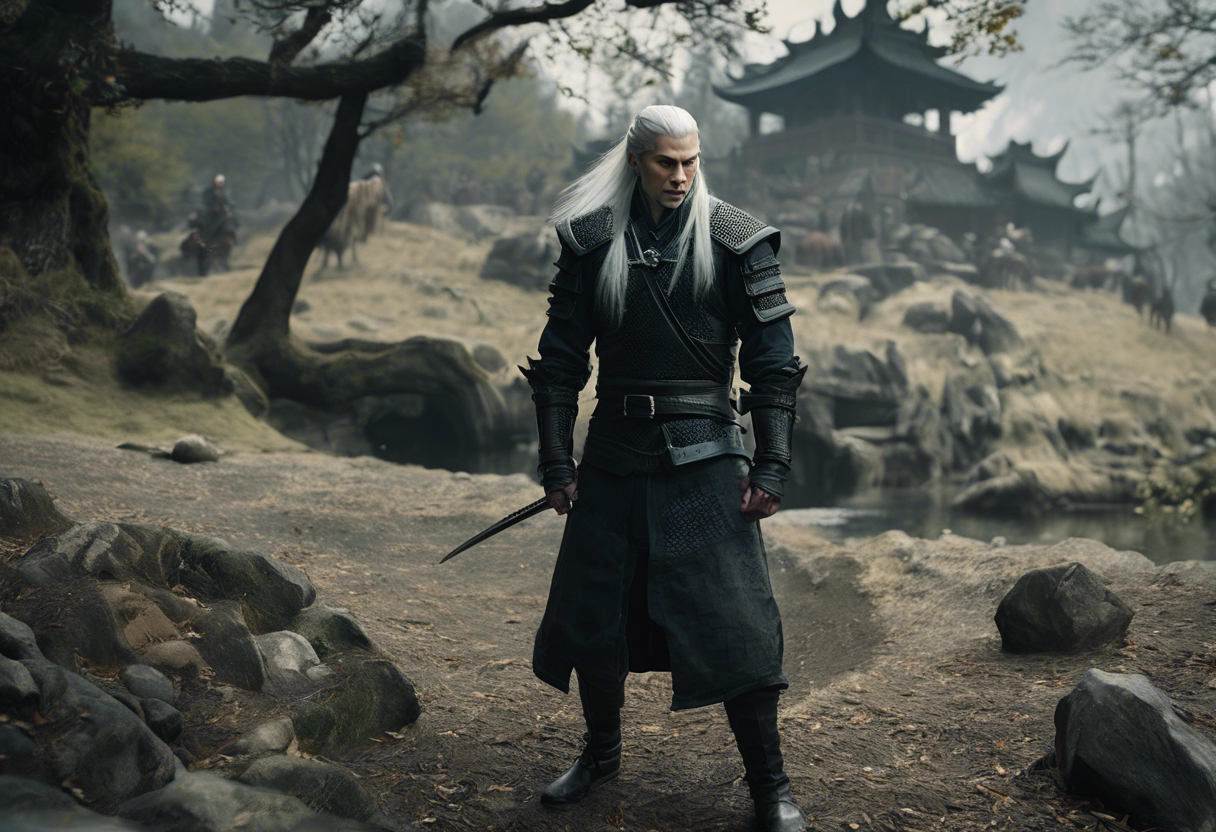Contents
Introduction
The third season of the Netflix series The Witcher, while not specifically titled "Shaoguo," continues the epic fantasy adventure based on the popular book series by Andrzej Sapkowski and the video games by CD Projekt Red. This season, divided into two volumes, marks a significant milestone in the series with its complex storyline, character development, and the culmination of several plot threads.
Produced by Lauren Schmidt Hissrich, who also serves as the showrunner, Season 3 involves a team of creative figures including directors like Bola Ogunmola and Loni Peristere, and writers such as Beau DeMayo and Hissrich herself. The season was released in two parts, with the first volume premiering on June 29, 2023, and the second volume following on July 27, 2023.
What sets The Witcher Season 3 apart is its intricate narrative, which weaves together multiple storylines and character arcs, making it a standout in the fantasy genre. The season delves deeper into the lore of the Continent, exploring themes of power, identity, and the consequences of one’s actions.
Plot Summary
The plot of Season 3 is multifaceted and dynamic, with several key events driving the narrative forward.
At the beginning of the season, Geralt of Rivia, Yennefer of Vengerberg, and Ciri are united in their quest to protect Ciri from various factions vying for control over her due to her Elder Blood. However, their unity is short-lived as they are soon separated, each embarking on their own journey.
Geralt, aided by Yennefer and Milva, a human archer living with the dryads of Brokilon, works to heal from his injuries while also planning to rescue Ciri, who has been captured by Nilfgaardian bounty hunters [1][2].
Yennefer, meanwhile, joins a group of surviving mages, including Triss, Margarita, Keira, and Sabrina, in an effort to rebuild their order and confront the treacherous Vilgefortz. This mission is crucial as it aims to restore the mages’ power and influence in the Continent [1][4].
Ciri’s storyline takes a dramatic turn as she is captured and eventually joins a group of young outlaws known as the Rats, adopting the name Falka. This period is marked by her first experience of killing a human being, an event that leaves her horrified but also more determined to survive in a hostile world [1][2].
Other significant plot points include Prince Radovid’s ascension to the throne after his brother King Vizimir’s assassination, and Fringilla’s revelation to Francesca about the murder of her baby, which further complicates the political landscape of the Continent [1][4].
Themes and Symbolism
Season 3 of The Witcher explores several central themes that enrich its storytelling and resonate deeply with audiences.
One of the primary themes is the struggle for power and control. This is evident in the various factions vying for Ciri, each with their own motivations and methods. The season highlights the moral ambiguities of power and the consequences of seeking it at any cost [1][3].
Identity is another crucial theme, particularly for Ciri, who is grappling with her Elder Blood and the expectations placed upon her. Her journey with the Rats and her adoption of the name Falka symbolize her search for self and her place in the world [1][2].
The theme of family and unity is also prominent. Despite the physical separation of Geralt, Yennefer, and Ciri, their bond remains strong, and their actions are driven by a desire to protect and reunite with each other. This theme underscores the importance of relationships in the face of adversity [3][5].
Symbolic elements, such as the monolith in the witcher tree at Kaer Morhen, play a significant role in the narrative. This monolith, which releases basilisks and is connected to the Deathless Mother, symbolizes the ancient and powerful forces at work in the Continent, forces that characters must navigate and sometimes confront [5].
Cultural Impact
Season 3 of The Witcher has had a notable cultural impact since its release.
The season’s complex storyline and character development have been widely discussed among fans and critics, contributing to the series’ ongoing popularity. The show’s influence on popular culture is evident in fan art, cosplay, and fan fiction, which continue to proliferate across various platforms.
The series has also been referenced in other media, such as video games and books, further solidifying its place in contemporary pop culture. The show’s use of source material from both the books and video games has helped to introduce these works to a broader audience, enhancing their cultural significance [3][5].
Critical Reception
The critical reception of Season 3 of The Witcher has been mixed but generally positive.
Critics have praised the season’s narrative complexity, character development, and the performances of the cast, particularly Henry Cavill as Geralt of Rivia and Anya Chalotra as Yennefer of Vengerberg. The season’s visuals, action sequences, and world-building have also been commended [2][3].
However, some critics have noted that the season’s pacing can be uneven and that the multiple storylines can sometimes feel overwhelming. Despite these criticisms, the season has been well-received by fans, who appreciate the depth and richness of the storytelling [2][3].
Legacy
Season 3 of The Witcher continues to be relevant and influential in the world of fantasy television and beyond.
The season’s impact on the fantasy genre is evident in its detailed world-building and complex characters, which have set a high standard for future adaptations. The show’s exploration of themes such as power, identity, and family has also inspired other creators to delve deeper into these subjects in their own works.
For fans of the series, Season 3 remains a pivotal moment in the narrative, marking significant changes and developments for the characters. As the series moves forward, this season will be remembered as a critical juncture that shaped the future of The Witcher universe [1][3].
References
- https://www.thepopverse.com/witcher-season-3-ending-explained-volume-1-2-plot-netflix-henry-cavill-gerald-ciri
- https://screenrant.com/the-witcher-season-3-recap-ending-explained/
- https://winteriscoming.net/2023/07/27/the-witcher-season-3-review-explained/
- https://en.wikipedia.org/wiki/The_Witcher_(TV_series)
- https://collider.com/the-witcher-season-3-cast-plot-what-to-expect/

